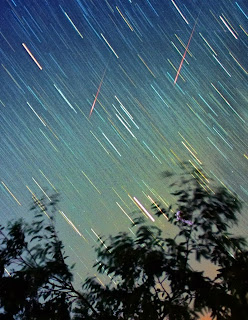Jupiter has had many names in history, but the roman gods named Jupiter after the Roman God Jupiter because Jupiter was the Roman God of the sky and thunder so the name stuck because the planet Jupiter has many storms.
Now we are going to talk about the characteristics of Jupiter. Jupiter rotates at different speed due to its variance and it's unusual shape it may also rotate at a different speed because it is made up of mostly gasses. Jupiter is composed of 10% helium and 90% hydrogen. Jupiter also has traces of rock, ammonia, water and methane. Scientist think that Jupiter's core is made of rocky materials that equals 10 to 15 planets the size pf earth.
Jupiter's moon Europa
Europa is the 6th largest planet to Jupiter. Europa is the 6th largest moon in the solar system.Some scientist think there is life on Europa because the moon is far to smooth to be bombarded bye comet and meteorite impacts scientist think there is water below Europa's icy surface.
Jupiter's Moon Ganymede
Ganymede is the largest moon in the solar system, it is even bigger than mercury.It's orbit last about 7 days. Ganymede has 2.02 times the mass of our moon. Ganymede is composed of mostly silicate rock,water and ice. It has an iron rich, liquid core.
Jupiter's moon IO
Io is the most volcanically active body in our solar system.Volcanic plumes rise about 190 miles above the surface. Io has over 400 active volcanoes. This extreme geologic activity is the result of tidal heating from friction from Io's interior.
Jupiter's moon Callisto
Callisto is composed of rock and ices. The surface of Callisto is heavily cratered and very old. It does not show any signs of tectonic plates or volcanism.Some surface features are various amounts of impact craters and ridges.
As some of you may have notices Jupiter has a big red spot on it. Well that red spot is a big storm that has been going on for hundreds of years.
Here are some differences between Jupiter and the inner planets.
Jupiter is bigger than the rest of the planets and none of the other planets have a big red spot/storm on them.

The reason Jupiter has stronger gravity than Earth is because Jupiter has only 254% of the gravity of Earth. This is because Jupiter is way bigger than our planet.
My 5 Facts
1) Jupiter's red spot is a storm that has been going on fro hundreds of years.
2) Jupiter's moon Ganymede is is bigger than mercury.
3)Jupiter's moon Callisto is composed of rock and ices.
4) There might be life on Europa.
5)Io is the most volcanically active body in our solar system.
Well thanks for reading my peace out peeps!
1) Jupiter's red spot is a storm that has been going on fro hundreds of years.
2) Jupiter's moon Ganymede is is bigger than mercury.
3)Jupiter's moon Callisto is composed of rock and ices.
4) There might be life on Europa.
5)Io is the most volcanically active body in our solar system.
Well thanks for reading my peace out peeps!








